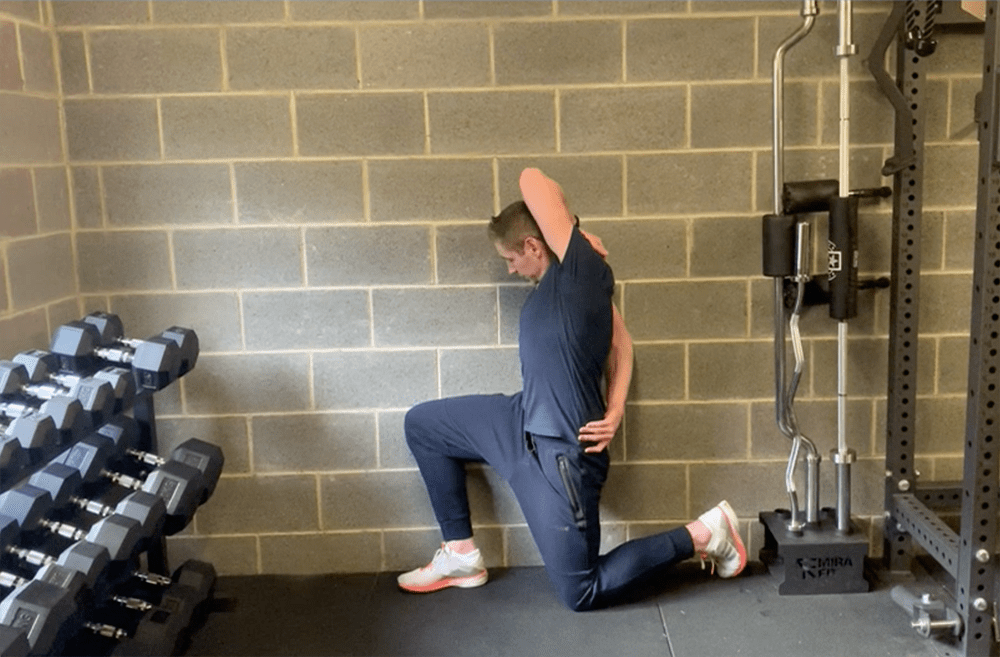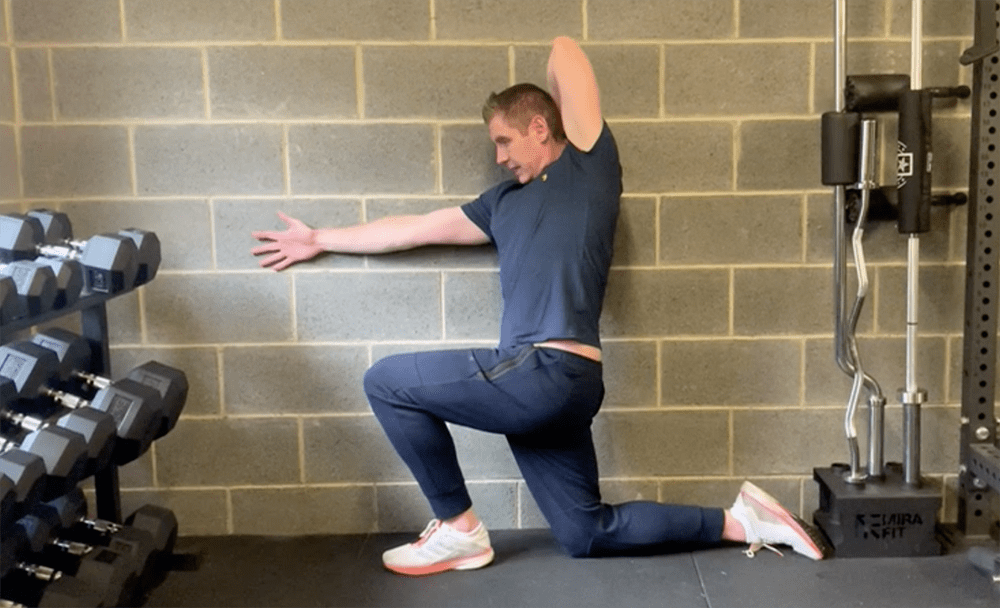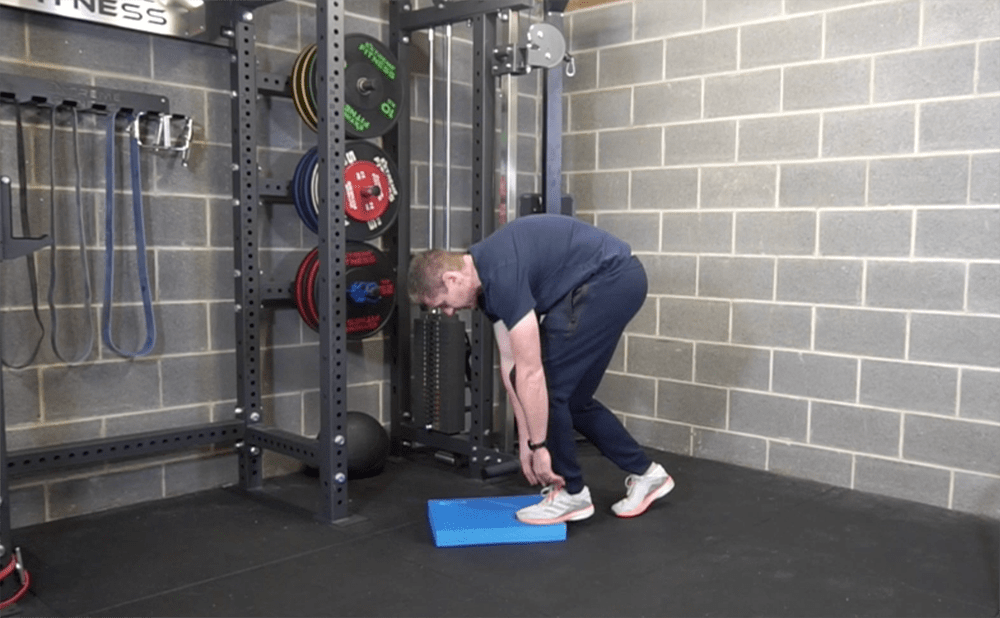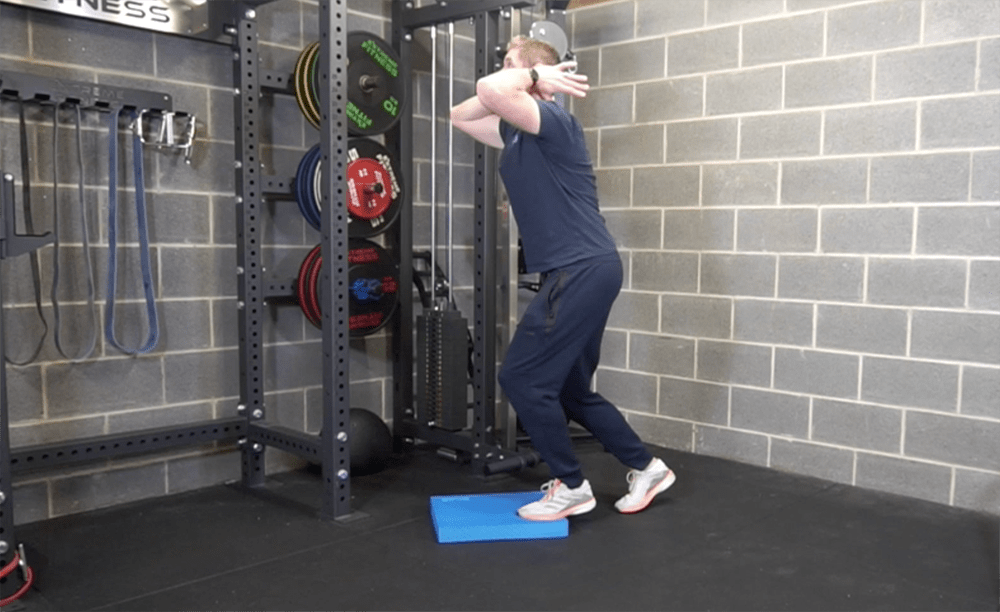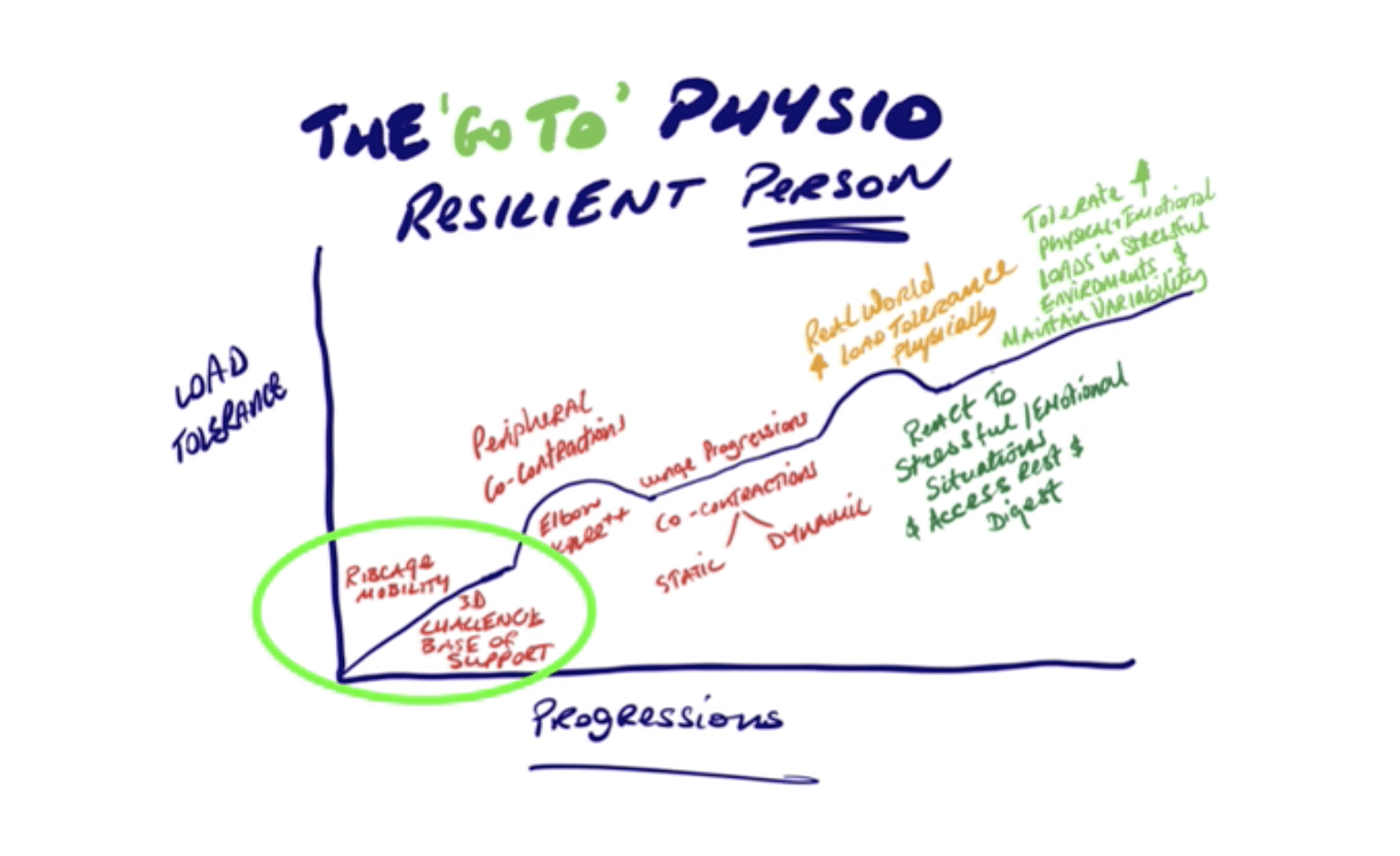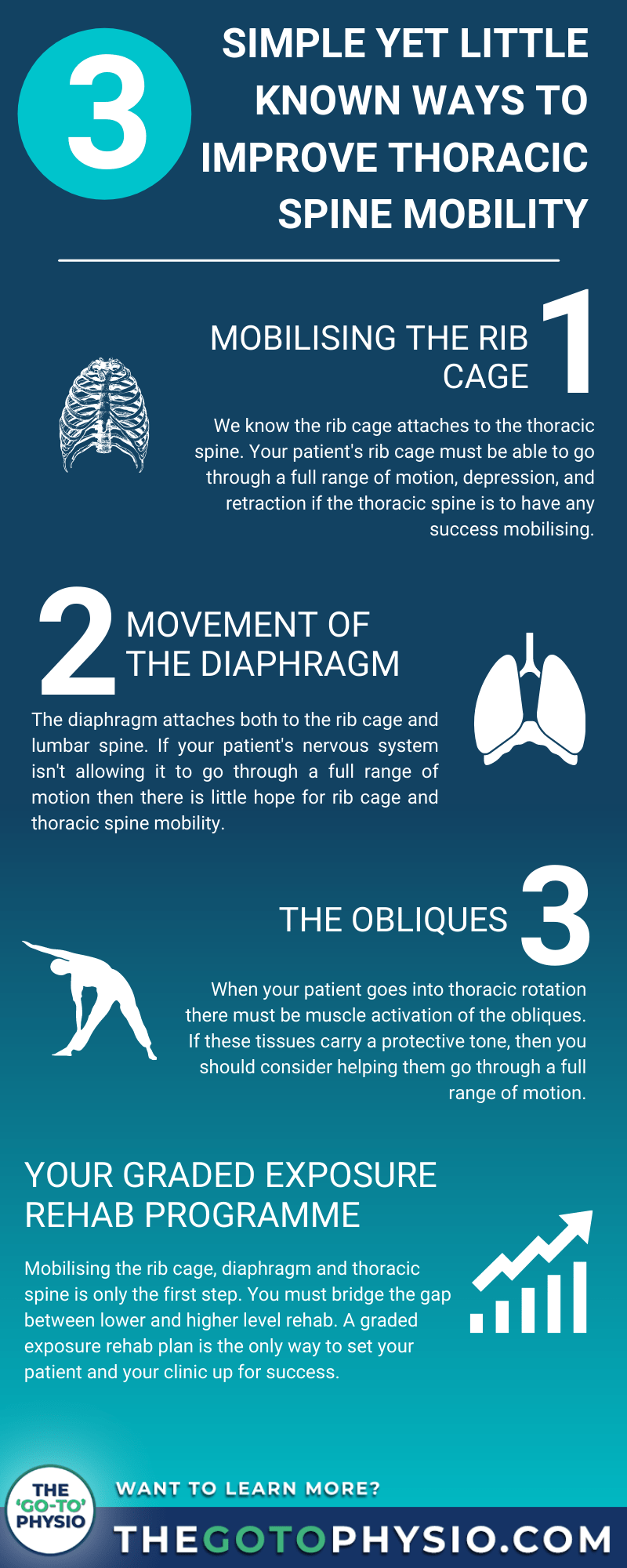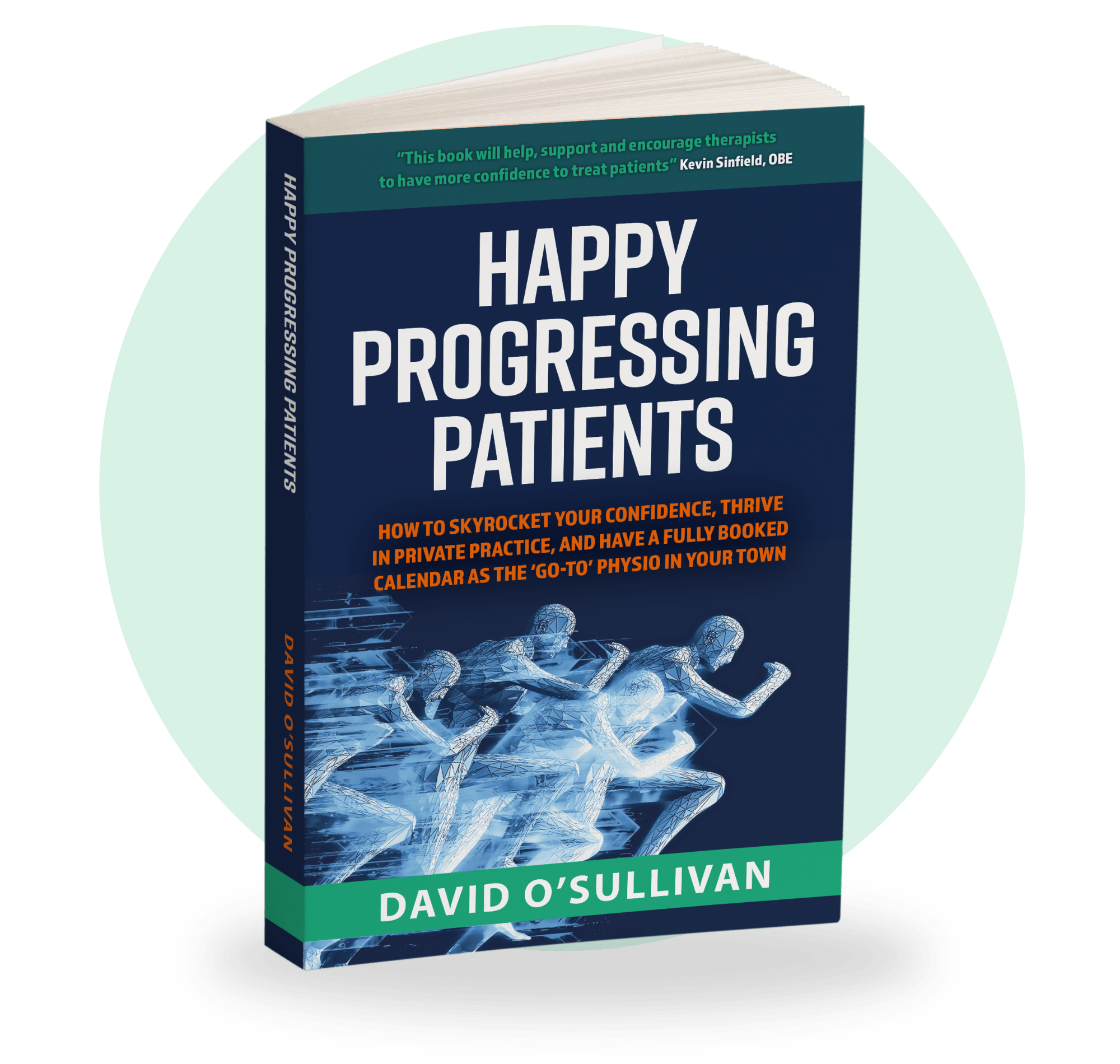
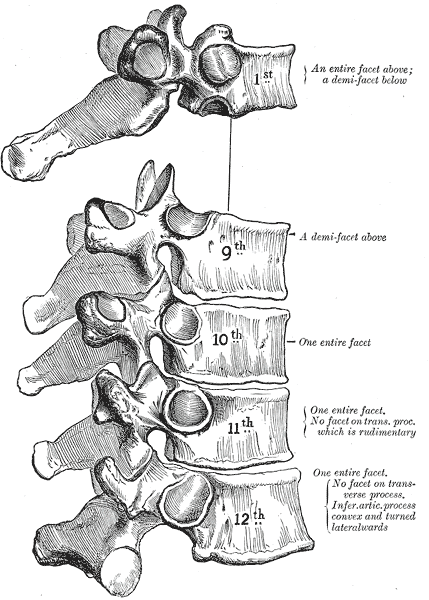
Approximately 1 in 6 adults suffer from back pain in the UK alone. No matter if you’re a new graduate or a veteran, you will have seen back injuries and back pain patients.
As a therapist, you must be able to achieve long-lasting results with these patients. Getting it right means referrals and clinic growth. Getting it wrong means loss of clients and patients left in pain.
Today I want to share with you three simple ways to restore thoracic mobility, setting your patient and clinic up for success.
Read on to find out just how easy it can be to restore thoracic spine mobility.
Thoracic Spine Mobility In Real Life
The thoracic spine is the middle segment of the vertebral column. Positioned in the upper back it sits below the neck area or the cervical spine and above the lumbar spine or lower back region. Consisting of 12 vertebrae it plays a key part in stability, posture, and protecting the spinal cord.
But why is thoracic mobility so important? Well, to put it simply, the thoracic spine facilitates real-world movement.
Every day your patient will go through the process of having thoracic spine extension, thoracic spine flexion, and mobilisation. These motions ensure free movement to perform every-day tasks.
If you have a patient with low back pain and they need to put their socks on you’ll see this spine stiffness and lack of thoracic mobility. But any therapist looking for long-lasting results must ask themselves why this is this happening at all.
This is where the research can help.
What Can The Research Tell Us About Thoracic Spine Mobility?
The rib cage attaches to the thoracic spine, but if we take a closer look at the research we get a little more detail. As the rib cage moves forward we straighten up and lose thoracic kyphosis or spinal curvature. When the rib cage retracts we increase the thoracic spine kyphosis. This means that rib cage translation is essential for thoracic spine mobility.
But rib cage movement doesn’t just affect the thoracic spine and lumbar spine. It has a much further-reaching effect. Rib cage mobility also affects movement of the upper limbs, the shoulder joint, shoulder mobility, shoulder flexion, the pelvis, and hip mobility.
On the other hand, we have another key player, the diaphragm. The diaphragm attaches to the rib cage at the 11th and 12th ribs and also to the lumbar vertebrae. The ability of the rib cage and spine to go through a full range of motion is also dependant on the diaphragm to lengthen and shorten effectively.
Now we understand the close relationship between the rib cage, diaphragm, and thoracic spine mobility… You can begin to draw conclusions as to what this means for your patient.
Think about your upper back or low back pain patient who struggles to put on their socks. Of course, they have stiffness in the thoracic spine but perhaps the issue doesn’t stop with the back. Consider the ability of the rib cage to naturally depress and retract. Is the diaphragm able to go through a full range of motion? Could other tissues be contributing?
Now we have connected the dots, let’s dive into three simple, yet unknown ways to improve thoracic mobility once and for all…
3 Simple Ways To Improve Thoracic spine Mobility
1) Targetting The Rib Cage
Now we know the rib cage attaches to the thoracic spine we can begin to see how closely coupled the two are. Your patient’s rib cage must be able to go through a full range of motion, depression, and retraction if the thoracic spine is to have any success mobilising.
The next time you have a particularly complex back pain patient, consider helping the rib cage to go into these positions.
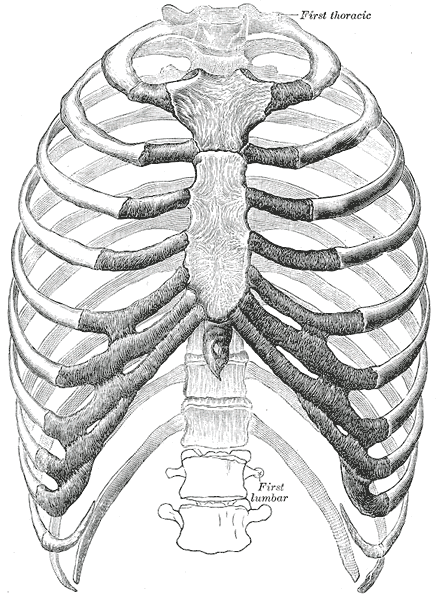
2) Improving The Thoracic Spine Mobility With The Diaphragm
We know the diaphragm attaches to the 11th and 12th ribs as well as the lumbar vertebrae. But it has its own job to do. When the patient inhales the diaphragm shortens and flattens and the ribcage elevates; when they exhale the diaphragm lengthens.
The diaphragm must be able to go through a full range of motion to ensure free movement of the rib cage and in turn support thoracic mobility. Try walking your patient through diaphragm exercises.
3) Other Tissues Affecting Thoracic Mobility
There are many other tissues that can contribute to diaphragm and rib cage mobility, and in turn the mobility of the thoracic spine. You should be looking at the whole body to understand why the symptoms are happening. One muscle group that is often overlooked is the obliques.
The internal and external obliques are located on the side of the abdominals and attach to the ribs. When your patient goes into thoracic rotation there must be muscle activation of the obliques. The internal and external obliques must lengthen and shorten to assist in this movement.
If these muscles have a protective tone, then you should consider working to help them go through a full range of motion.
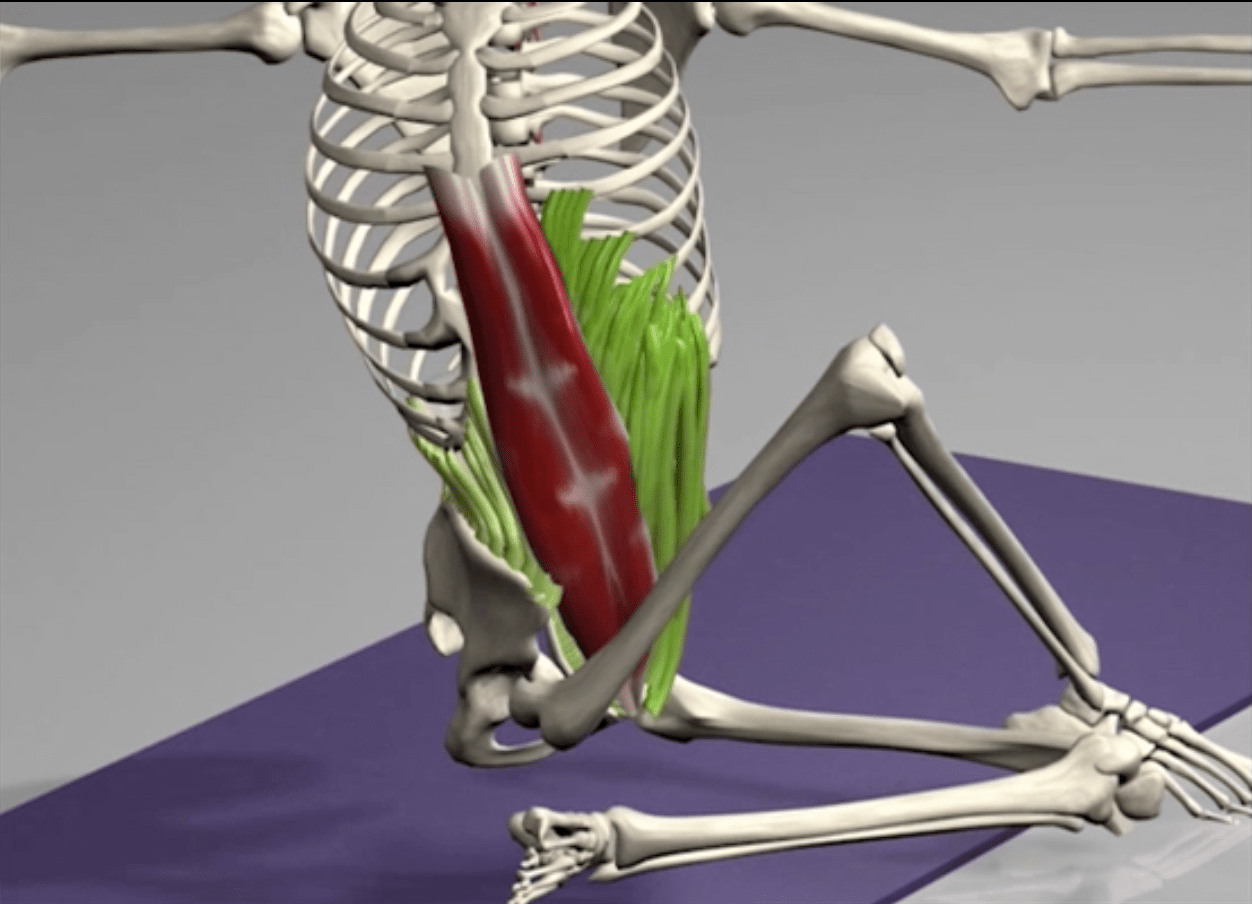
Target The Right Tissues
Hopefully, now you can see that although you may be doing foam roll exercises or various thoracic mobility drills you may just be looking in the wrong place.
If we are looking at improving thoracic spine mobility we need to look at improving rib cage mobility, how do we do this? We need the muscles around the rib cage to go through a full range of motion. We need the diaphragm, external and internal obliques to lengthen. If you’re not looking at the bigger picture then you will only ever get short-term changes.
Every therapist wants long-lasting results for their patient but only ever achieving short-term changes is dangerous. Think about it, your patient walks out of the clinic, and minutes, hours, or days later the pain comes back. You reach the session four slumps. They don’t believe you can truly help, you never see them again and your reputation is damaged.
You must look at the evidence, the body as a whole, and piece this together with your patient’s story. Only then can you feed this into a step-by-step system and truly make a difference.
Quick And Easy Thoracic Spine Mobility Exercises To Implement In Your Clinic Tomorrow
Now we understand what could be contributing to your patient’s back pain I can share some incredibly powerful exercises that will improve your thoracic mobility, flexion, extension, and rotation. Helping your patient move freely.
In the ‘Go-To’ Physio Mentorship I share a few different exercises that will improve thoracic spine mobility. But for now, I will give you my favorites.
I will not be diving into the diaphragm. If you want more information on working with this powerful tissue, visit my previous blog page or download my free diaphragm PDF here.
Internal Obliques Exercise
This particular movement is a great exercise for targeting the internal obliques. Lengthen these tissues and you will improve thoracic mobility.
You want your patient to perform this exercise against a wall with one shoulder touching the wall. Take the right hand and put it on the left glute. This will rotate the body to the right, stretching the left internal oblique but also stretching the right external oblique.
Now sliding the ribs forward will give us the anterior translation but it will decrease the kyphosis or spine curvature which will increase thoracic extension.
Then bring the left-hand overhead and reach the fingers toward the right glute and over the shoulder blades. This will push your elbow up above the head, elevating and slightly rotating the rib cage on the frontal plane. This gives you lengthening on all three planes at the same time.
External Obliques Exercise
Again perform this exercise up against a wall pressing the right shoulder close to the wall and reach the right arm forward as much as possible. You will notice the body is rotating to the left. Then reach the left hand over the head toward the shoulder blades and extended the fingers toward the right glute.
This rotation to the left will encourage the left external obliques to lengthen and promote lateral flexion and elevation.
Slouch Exercise
Once you have restored thoracic mobility you need to take your patient through a graded exposure rehab program to ensure their movements will be successful in the real world. Rib cage and thoracic spine mobility is only the very start. I like to think about it like this…
‘Increase co-contractions peripherally to decrease co-contractions centrally’
Almost everyone I see lacks rib cage mobility because the nervous system has put a protective strategy in place. You need to make sure this movement strategy is addressed. To help at this stage I use a slouch exercise.
Plant one foot in front of the other and flexing the knees, slouch down, reaching the arms, and pushing the shoulders toward the floor, keeping the ribs over the midfoot. In this position, you will be putting the thoracic spine into flexion.
Begin to move up, keeping the intent through the mid-foot to ensure a good co-contraction of the knee peripherally. The soleus will be working together with the hamstring and the quads. This facilitates thoracic extension as you can see below.
The key to this exercise is the nervous system allowing the rib cage to mobilise because it knows you have good intent through the legs.
Very often many people are using the upper back or lower back because they don’t have intent through the leg. In this slouch exercise position, you have hip flexion which means the low back muscles won’t be overloaded and the rib cage won’t flare. You are allowing other tissues to work so the upper back isn’t overloaded.
Your Graded Exposure Treatment Program
Too many therapists spend all of their time trying to do all of their exercises in low-level rehab. They have their patient on their hands and knees in an attempt to improve posture. This may improve thoracic mobility but after days, hours, or minutes those results will be gone.
I see so many therapists do thoracic spine mobility exercises or foam roll exercises but they forget to ask themselves what the patient needs to do to be successful in real life. You can do all of the hands-on treatment or soft tissue work you like and you may see some short-term results but these exercises are just the very beginning of the journey.
You must have the confidence and clarity to take your patient through a graded exposure rehab program. You must bridge that gap, build load tolerance both physically and mentally, achieving true long-lasting results, and setting your patient up for success.
Final Thoughts On Thoracic Spine Mobility
There you have it. Three simple ways to improve thoracic spine mobility and three simple exercises you can implement immediately. Really this process is only a small part of your work.
You must be implementing the go-to 80/20 rule, spending 20% of your time using a mobility drill or exercise to allow the thoracic spine, rib cage, and diaphragm to go through a full range of motion, and spend 80% of your time finding the true stressor.
Once you understand the true stressor you can take your patient through a graded exposure rehab program. Master this and you will be setting your patients and your clinic up for success.
No matter if it’s neck pain, shoulder pain, or a back injury you must have the confidence and clarity to get these long-lasting results.
If you want help creating your own step-by-step system, getting those long-lasting results, increasing your referrals, and building your reputation, click the link below and book a strategy call today.
Get Your FREE Copy Of The Amazon #1 Bestseller That Holds The Secret To Confidently Treating Any Patient!
Download a Free ‘ebook’ copy of the 8-Step ‘World Cup’ Treatment Plan that helped my private patients achieve full recovery and made me a ‘go-to’ physio for complex cases…
